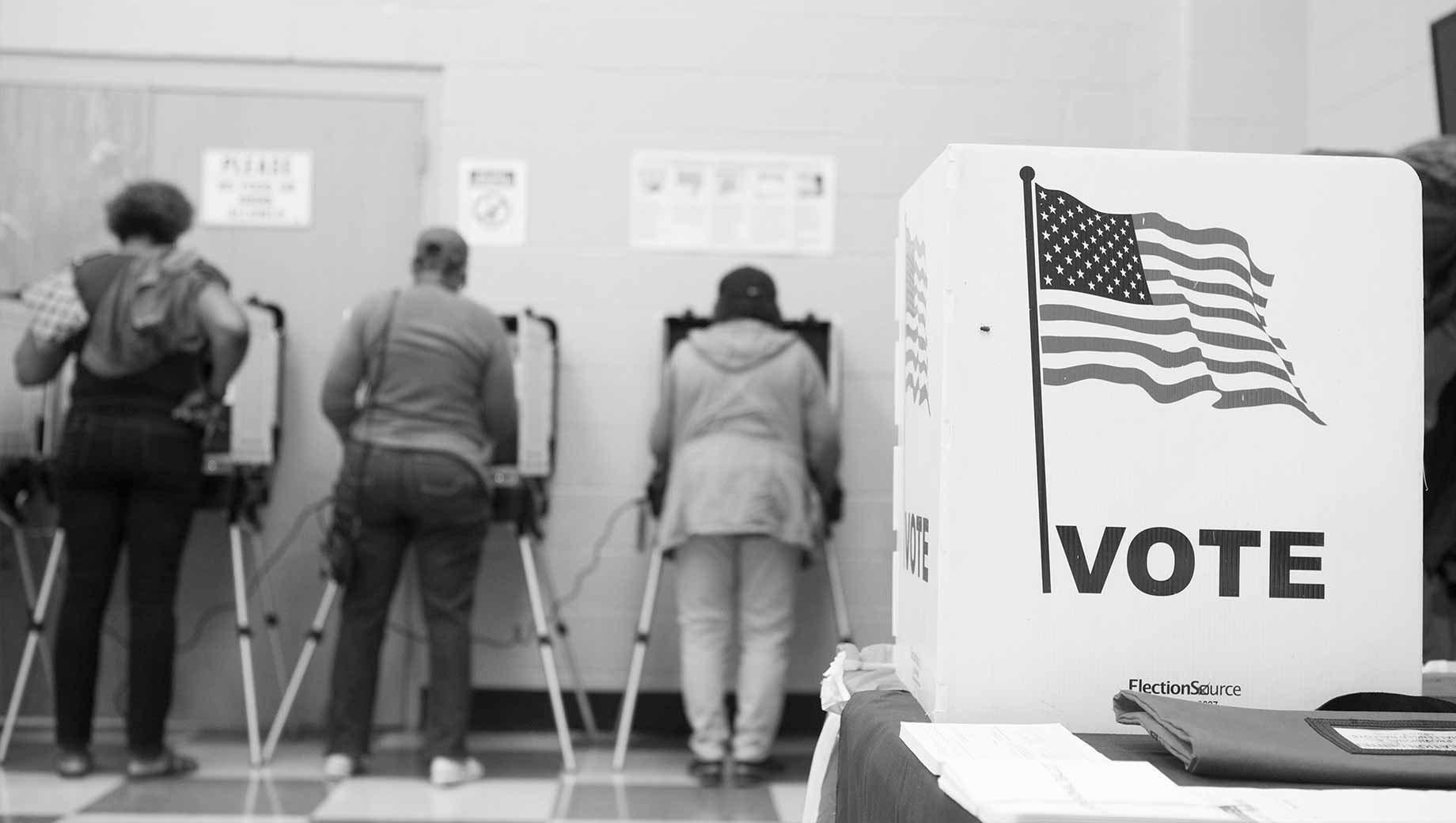
ANALYSIS –
By Glynn Wilson –
People don’t put much trust in public opinion polls since the debacle of 2016, and admittedly, obtaining reliable data on mass public attitudes these days can be difficult. But the results of social science survey research are still important in a democracy as a snapshot of public attitudes at a given point in time even if they are not 100 percent accurate.
After all, the science of predicting the speed and track of hurricanes is also not 100 percent accurate, but no one would want to go back to the days before we had the ability to forecast where a hurricane might come ashore, how fast it is moving and the speed of the wind.
With that said, voting in the midterm elections of 2018 will take place in seven days, and public opinion research is one indicator of where we are with just a week to go. Let’s look at the data on Hurricane Trump.
So Gallup has a new poll out showing that the political environment tends to favor the Democrats more than the Republicans and President Donald Trump in the midterms, even though many view the economy in a favorable light.
According to Gallup, Trump’s job approval rating now stands at 40 percent, down from a high of 44 percent a week prior before news of mail pipe bombs and synagogue shootings, well below the average of 52 percent in midterm elections since 1974. It is one of the lowest approval ratings for a president prior to a midterm election in that time frame.
The job approval rating of Congress is also still low at 21 percent, 10 points below the average since 1974 and similar to the approval ratings for Congress in the 2010 and 2014 midterms, when the party in power changed.
Americans’ satisfaction with the way things are going in the country, at 33 percent, is below the 37 percent average in midterms since 1982.
“However, it is better than it has been in the past two midterm election years,” Gallup points out, so voter turnout is still the key to who will win in the midterm elections, which sides voters are more motivated to show up and vote.
At the same time, 55 percent of Americans rate current economic conditions as excellent or good and only 12 percent as poor for a net rating of plus 43 percent.
“That is far better than the average net rating of plus 10 since 1994 and better than in all recent midterms except 1998,” Gallup says.
It’s true that the president’s party usually loses seats in the U.S. House of Representatives in midterm elections, averaging a 22-seat loss since 1974. But seat losses tend to be greater in an unfavorable political environment for the president’s party, such as the elections in 1994, 2006 and 2010, and less in favorable environments such as 1998 and 2002.
“The environment may not be quite as bad for Republicans in 2018 as it was for Democrats in 1994, 2010 and 2014, mainly because of more positive evaluations of the economy,” Gallup says. “However, stronger economies, such as in 1998, typically have translated into high job approval ratings for the incumbent president, something that has not happened for Trump.”
Gallup’s analysis finds all four indicators have strong statistical relationships with seat changes for the president’s party. That is, when the indicators are worse, the president’s party loses more seats.
Since 1994, the correlations between seat change and presidential job approval (.71), congressional job approval (.78) and U.S. satisfaction (.81) have been about the same, while the correlation with economic conditions and seat change (.58) is slightly weaker. A score of 1.0 indicates a perfect relationship while a score of 0 indicates the two variables are unrelated.
“Taking into account all four indicators, the 2018 political environment appears to be most similar to those in 1994 and 2006 among recent midterm years,” Gallup says. “These election years were characterized by weak presidential approval ratings paired with more positive than negative evaluations of the economy.”
In 1994, for example, Bill Clinton’s job approval rating (46%) was better than Trump’s, while Congress’ job approval rating (23%) and national satisfaction (30%) were essentially the same as now.
Ratings of the current economy (+10) were less positive than they are now. Clinton, like Trump, was in his first term and enjoyed majorities in both houses of Congress. However, the Democrats suffered big losses in that election and lost control of both the House and Senate.
In 2006, George W. Bush’s approval rating (38%), national satisfaction (35%) and Congressional approval (26%) were about the same as now. Economic ratings were positive overall at +22, but not as positive as they are this year. In that midterm, which took place in Bush’s second term, Republicans lost the majorities they held in both the House and Senate.
“In those elections, low approval ratings of the president appeared to matter more in the midterm election outcome than the positive ratings of the economy,” Gallup says. “Thus, a good economy may not be enough to offset Trump’s weaker approval ratings.”
So according to this analysis, based on past midterm elections, Gallup says it appears that a high presidential approval rating is the most important factor in determining whether a president’s party is able to minimize losses, or gain seats.
The one common thread in years in which the president’s party gained seats or lost a smaller number of seats — 1986, 1990, 1998 and 2002 — is that the president had a relatively high approval rating. In those years, no less than 58 percent of Americans approved of the job the president was doing. In contrast, since 1950, when a president’s approval rating is below 50 percent, his party has lost an average of 37 seats.
Gallup’s Implications
Democrats need a net gain of 23 seats in the House of Representatives to win the majority this year. Since 1974, the president’s party has lost an average of 22 seats in midterm elections.
“Weaker job approval ratings for the president and Congress suggest the seat losses this year could be greater than the average,” Gallup says. “While the positive ratings of the economy could be a mitigating factor, the available evidence does not support this possibility.”
Economic ratings are less strongly related to midterm seat change than the other indicators, according to Gallup, and typically when the economy is rated well, the president also has a high job approval rating.
The best example may be 2006, when Americans were relatively happy with the state of the economy but unhappy with the president, Gallup says. “Bush’s GOP lost 30 seats in the House and their majority in that election.”
Of course there are more factors involved than generalized public opinion numbers. Every political contest comes down to the performance of the candidate in the race and how well the campaign is able to turn out voters. The election calculus is more difficult in the Senate this year. The results there will come down to these key races.













